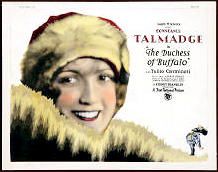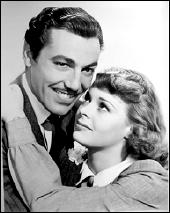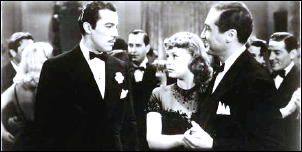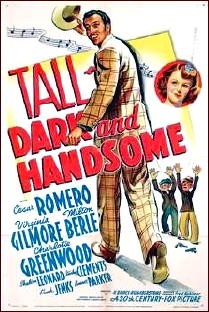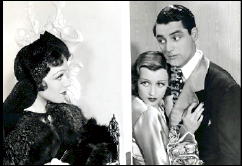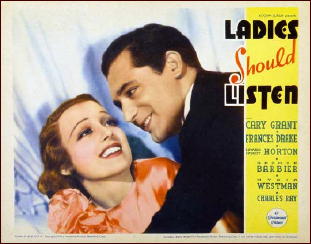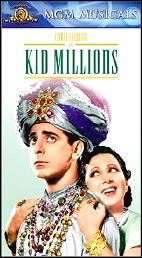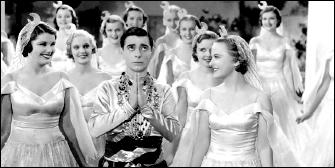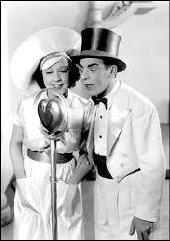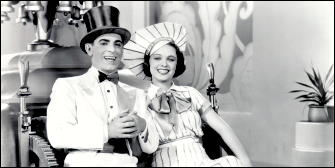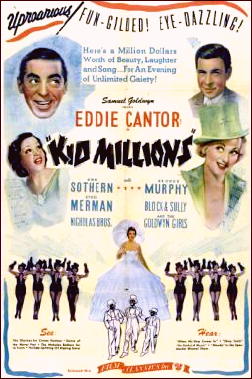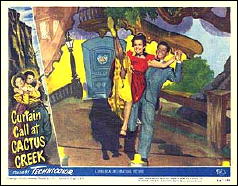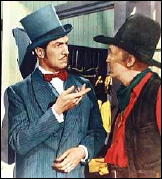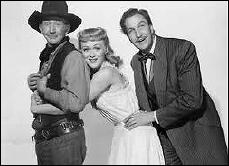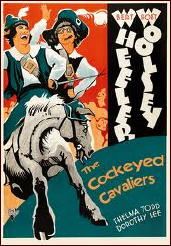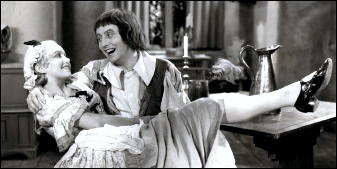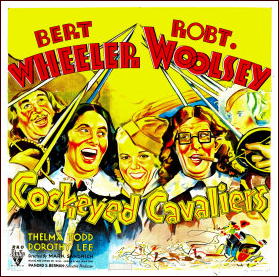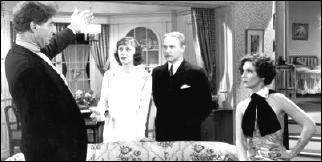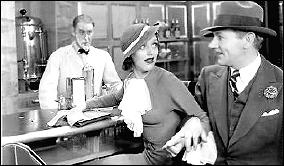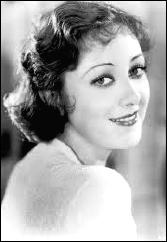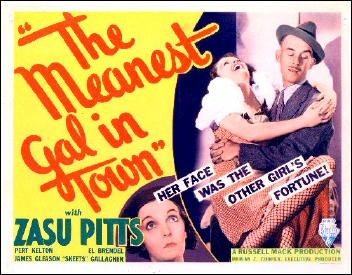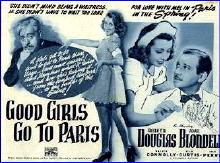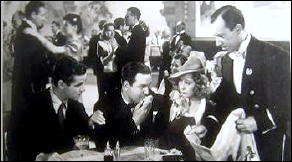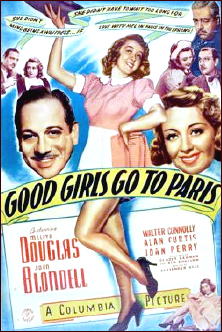Thu 6 Oct 2011
A FESTIVAL OF CHARLEY CHASE SHORTS, by Walter Albert.
Posted by Steve under Films: Comedy/Musicals , Reviews , Silent films[7] Comments
by Walter Albert
Just about everyone is familiar with the iconic greats of silent film comedy, but Charley Chase, a multi-talented comedian, a director, writer and actor, also an accomplished musician, who appeared in some of the best silent film two-reelers, is largely forgotten today.
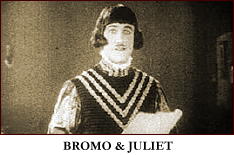
Not however, by the programmers of film conventions, with Cinevent 40 [Columbus OH, May 2008] taking pride of place for its annual screening of selected comedies. Three of his shorts opened the Sunday evening program,with “Bromo and Juliet” (1926) one of his best, followed closely by the inspired antics of “Forgotten Sweeties” (1927) and “Movie Night” (1929).
Charlie was an eternal optimist, striving to be successful in love and in business, and usually failing miserably at both. In “Bromo and Juliet,” directed by Leo McCarey, Charley is starring in an amateur production of Shakespeare (and just to see him, with his spindly legs in tights, is enough to justify the price of admission).
He’s undercut by his fiance’s father, who has a weakness for the bottle, and constantly thwarted by Oliver Hardy as a taxi driver who just wants to get paid for his services. When the hapless Charley finally gets onstage, his histrionics catch the audience’s fancy, and his every misadventure feeds their delighted appreciation.
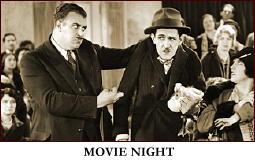
“Forgotten Sweeties,” directed by James Parrott (Charley’s younger brother), deals with a classic Chase situation, the husband who’s suspected by his wife of cheating on her with an attractive neighbor.
It’s all a comedy of misunderstanding, but the misunderstandings result in some perilous marital moments for Charley, before it’s all resolved happily, if messily.
The final short, “Movie Night,” with a story by Leo McCarey and directed by Lewis Foster and an uncredited James Parrott, has Charley, his wife and two kids (with the older played by the inimitable Spec O’Donnell) set off for an evening at the movies, where chaos eventually ensues.
This reinforced my long-time conviction that the only place to sit in a movie theater is on the aisle.
